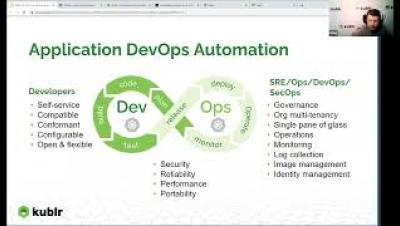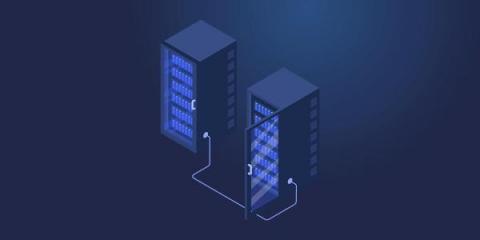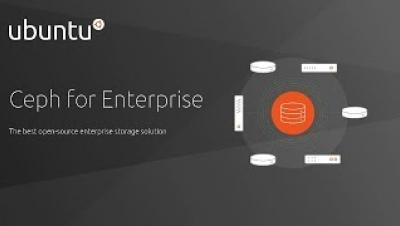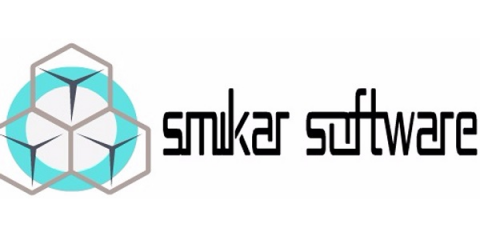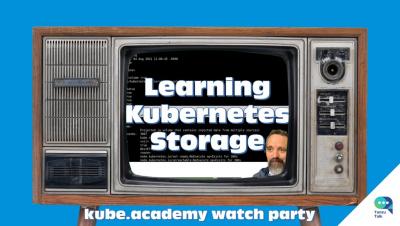Fran Villalba Segarra, Internxt: "We need an internet that respects the user"
With the introduction of Cloud computing services, let it be the Family photo sharing feature on iPhone or documents on Google Drive, sharing and keeping up-to-date information became easier than ever before. All Cloud-based products require no direct resource management from the user and ultimately create one of the most popular ways to store data whether you’re a scholar writing an essay or a new business owner trying to build an online shop



